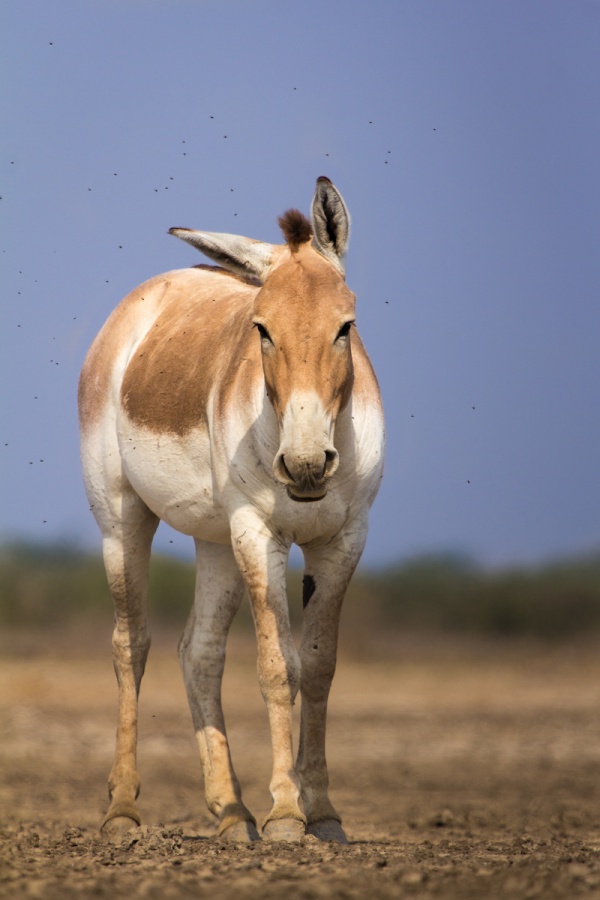Facts About Indian wild ass
The Indian wild ass, also known as the Ghudkhur, Khur, or Indian onager, is a distinctive subspecies of the onager found in Southern Asia. Currently classified as Near Threatened by the IUCN, their population is exhibiting signs of growth. These remarkable animals primarily inhabit the Indian Wild Ass Sanctuary in Gujarat, India, where they thrive in saline deserts, arid grasslands, and shrublands.
Physically, Indian wild asses feature a sandy coat that varies in color, a striking erect dark mane, and a distinctive dark brown stripe along their back. They are astonishingly fast, capable of reaching speeds of 70-80 km per hour. Their diet consists of grasses, leaves, fruits, and various other vegetation.
Nevertheless, the Indian wild ass faces numerous threats. Diseases like surra and habitat degradation due to human activities such as salt production pose significant risks. Invasive species like Prosopis juliflora also contribute to their challenges. Since 1969, conservation efforts have been in place, leading to a population increase to over 4,800 individuals.
Despite these positive trends, the Indian wild ass continues to grapple with habitat loss and potential population declines due to factors such as drought. To address this, initiatives are underway to reintroduce them to alternative habitats such as the Thar Desert in Rajasthan. As the only genetic pool of its kind in the world, conserving the Indian wild ass is crucial for maintaining biodiversity.
In addition to the Indian wild ass, other related subspecies include the Mongolian wild ass, Turkmenian kulan, Persian onager, and the now-extinct Syrian wild ass. Each of these subspecies contributes to the rich diversity of wild asses globally.

 India
India